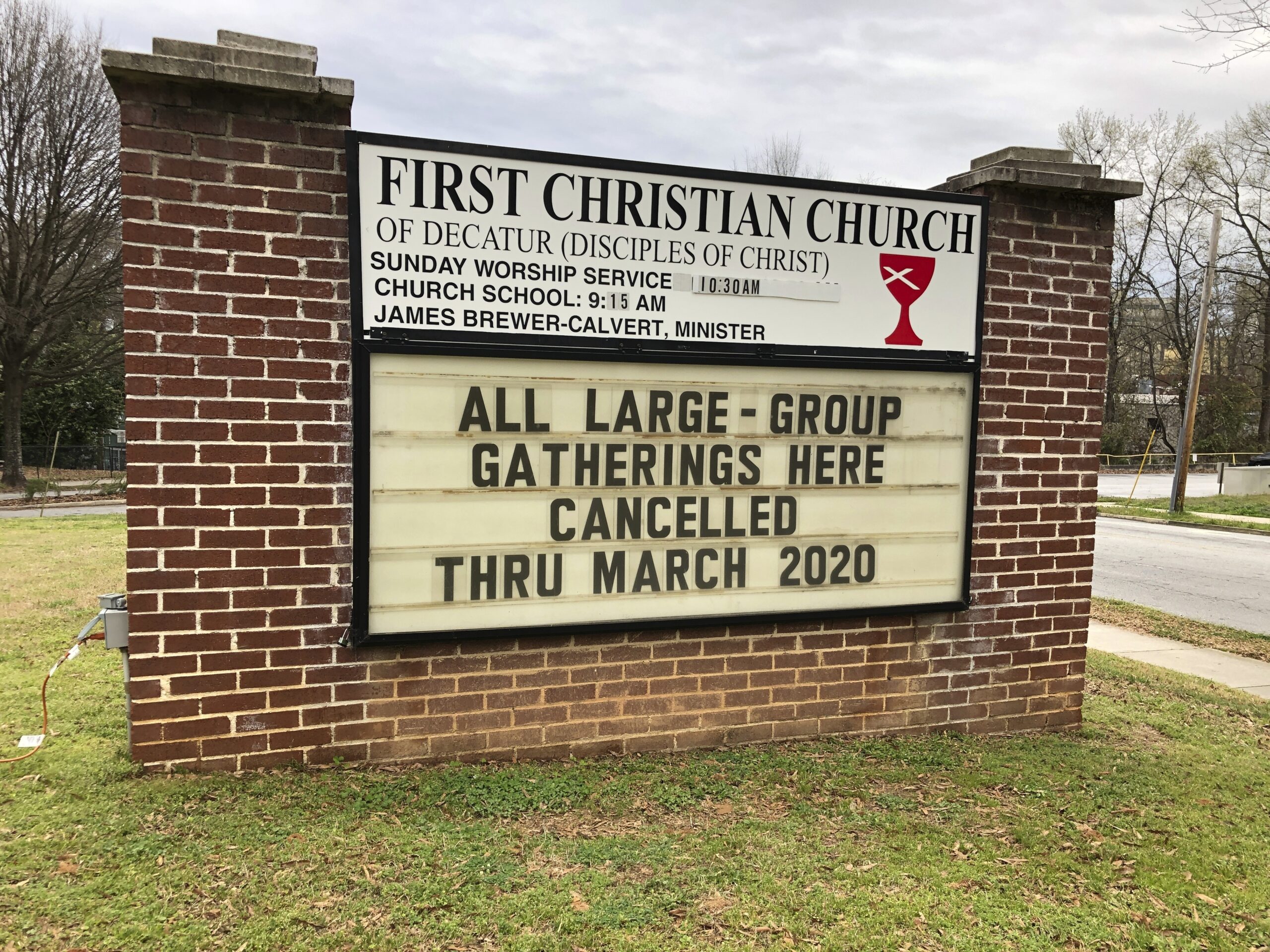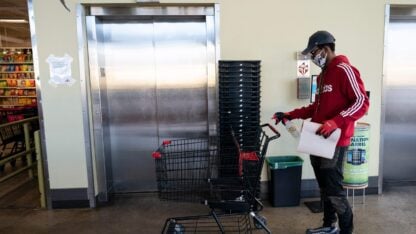As the statewide shelter-in-place order ended, a new Georgia Institute of Technology study projects how many lives have been saved due to strict social distancing measures and projects the fatality rate going forward.
The study estimates that the state has reduced transmission rates by 50%. But it offers a grim analysis if the state opens too quickly, projecting tens of thousands of deaths if Georgians return to “business as usual.”
“We find that social distancing interventions are working, but relaxing them may lead to further increases in cases, hospitalizations and deaths,” the study’s authors wrote.
The sobering projections come as Georgia’s shelter-in-place expired late Thursday and people begin returning to work. Gov. Brian Kemp allowed some businesses, including restaurants, nail salons and bowling alleys, to reopen last week and Monday.
“Today we are taking another measured step to protect the lives – and livelihoods – of all Georgians. We will continue to work around the clock to follow the data, heed the advice of public health officials, and keep Georgia families safe,” Kemp said in a tweet on Thursday.
The study was led by Joshua Weitz and Dr. Stephen Beckett, both professors of biological sciences at Georgia Tech. Among their findings:
- For every confirmed coronavirus case, there may be an extra five to 10 cases that have gone undetected. That would mean around 250,000 Georgians — or less than 2% of the state’s population — have already contracted the coronavirus. Virtually everyone else is still susceptible to getting it.
- If Georgians return to “business as usual,” the state could see an additional 25,000 coronavirus-related fatalities by the end of June. Weitz said they presented that model as a “cautionary tale.”
- If Georgians continue strict social distancing, another 2,000-2,500 Georgians will die as a result of coronavirus, according to the study.
- To reduce transmission rates by 75%, the state needs to ramp up testing and contact tracing to proactively identify people who have been exposed to the virus.
“We are talking about a difference of thousands of fatalities that we are trying to avoid,” Weitz said. “If we really went back to business as usual cases go up very rapidly potentially on the order of tens of thousands of fatalities over the course of a few months.”









